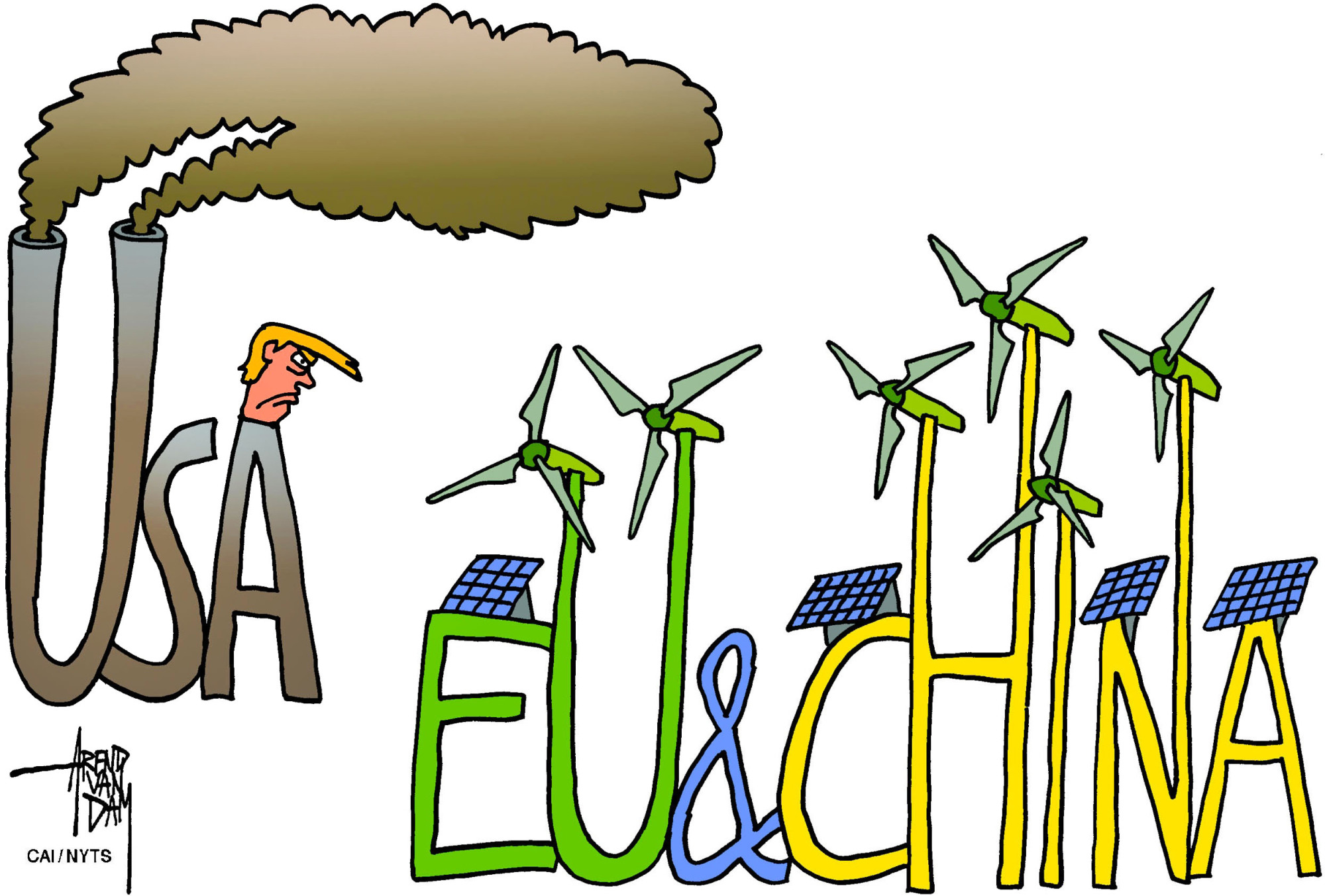At the start of 2017, China announced that it would invest $360 billion in renewable energy by 2020 and scrap plans to build 85 coal-fired power plants. In March, Chinese authorities reported that the country was already exceeding official targets for energy efficiency, carbon intensity and the share of clean energy sources. Just last month, China's energy regulator, the National Energy Administration, rolled out new measures to reduce the country's dependence on coal.
These are just the latest indicators that China is at the center of a global energy transformation, which is being driven by technological change and the falling cost of renewables. But China is not just investing in renewables and phasing out coal. It also accounts for a growing share of global energy demand, meaning that its economy's continuing shift toward service- and consumption-led growth will reshape the resource sector worldwide.
At the same time, various other factors are reducing global resource consumption, including increased energy efficiency in residential, industrial, and commercial buildings, and lower demand for energy in transportation, owing to the proliferation of autonomous vehicles and ride sharing.



















With your current subscription plan you can comment on stories. However, before writing your first comment, please create a display name in the Profile section of your subscriber account page.